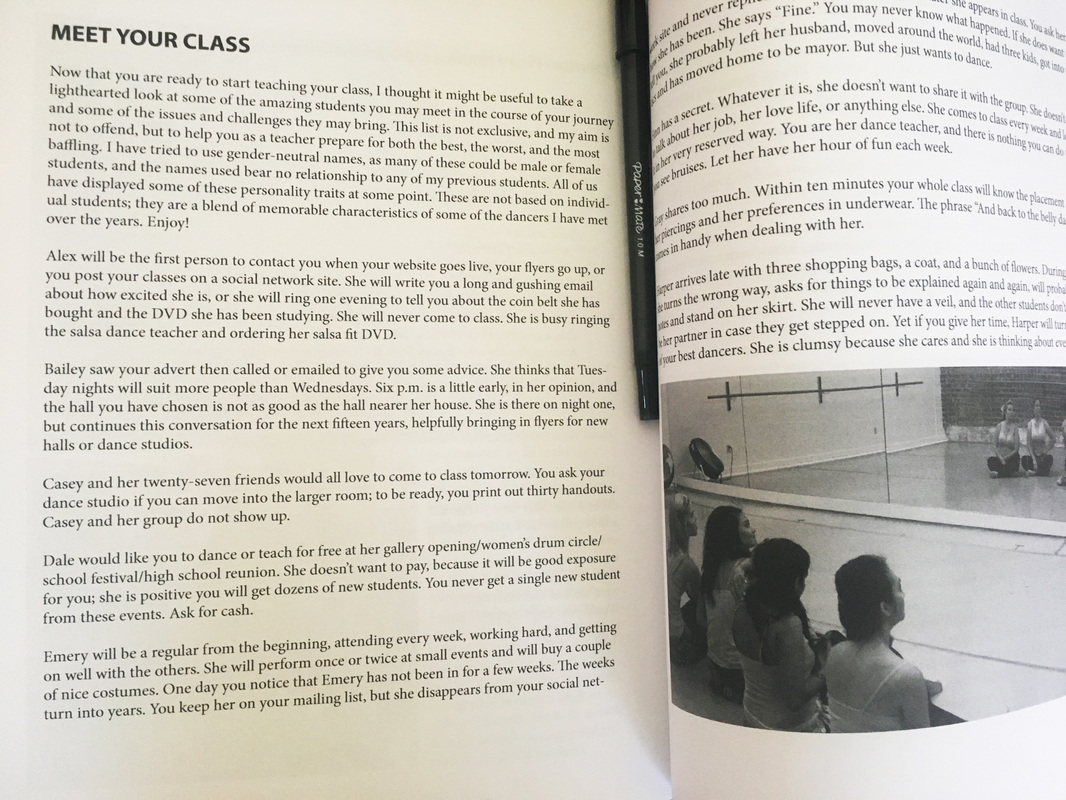Dealing with Difficult Students
2/22/2016
 Belly dance attracts the most wonderful people. Our classes are filled with bright, intelligent, funny and committed individuals who work hard in class, and are always polite. Every teacher will say that they have the best student group in the world, but secretly they will admit to having met one or two who have been a little difficult to deal with. Belly dance teachers need to build a persona, set limits and communicate their expectations of behavior. They need to be approachable, yet commanding, friendly, but the group leader - and of course educators! In this post I would like to offer other belly dance teachers a few tried and tested ways of dealing with a student who is not fitting in with your class.
In my book "Teaching Belly Dance" I wrote a chapter called "Meet Your Class". It's a very light-hearted look at the students you will meet during your teaching career, some of the problems they bring and includes suggestions on how to get the very best out of them. It also includes lots of other information about understanding your student’s aims, organizing your own events and troupe, setting up successful classes, and teaching learning styles, providing useful critique and promoting yourself as a teacher. Teaching Belly Dance is available on Amazon. The first page of the chapter "Meet your class" in Teaching Belly Dance.
Click here to like/share on Facebook or to re-tweet:
0 Comments
Your comment will be posted after it is approved.
Leave a Reply. |
AuthorCategories
All
Archives
March 2023
RSS feed works with feedly.com or theoldreader.com
|




 RSS Feed
RSS Feed